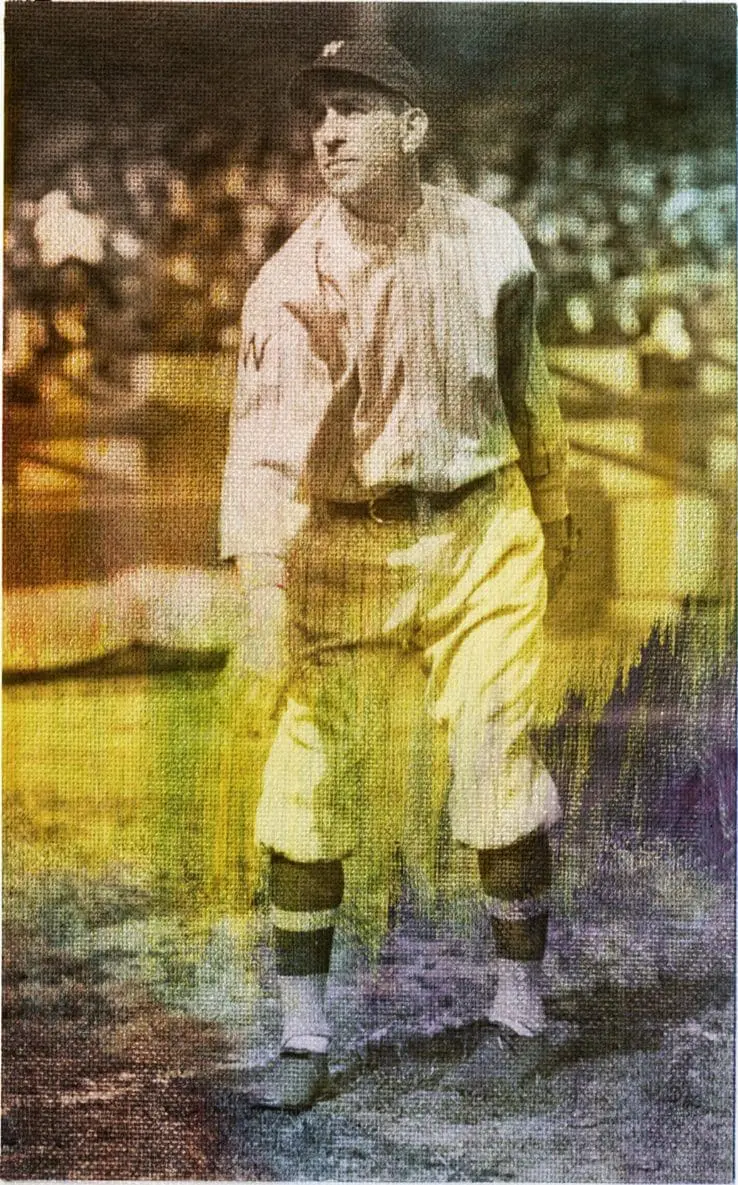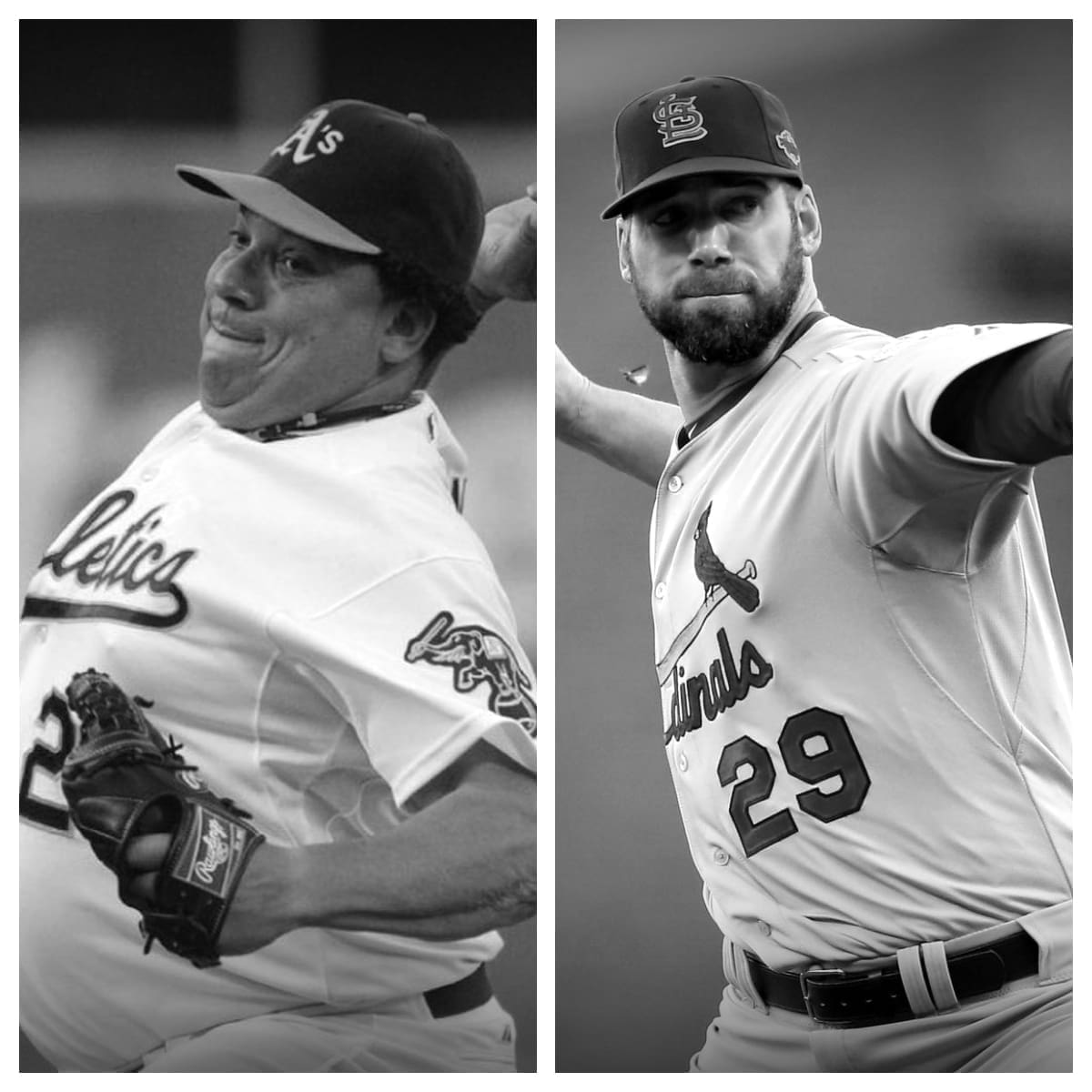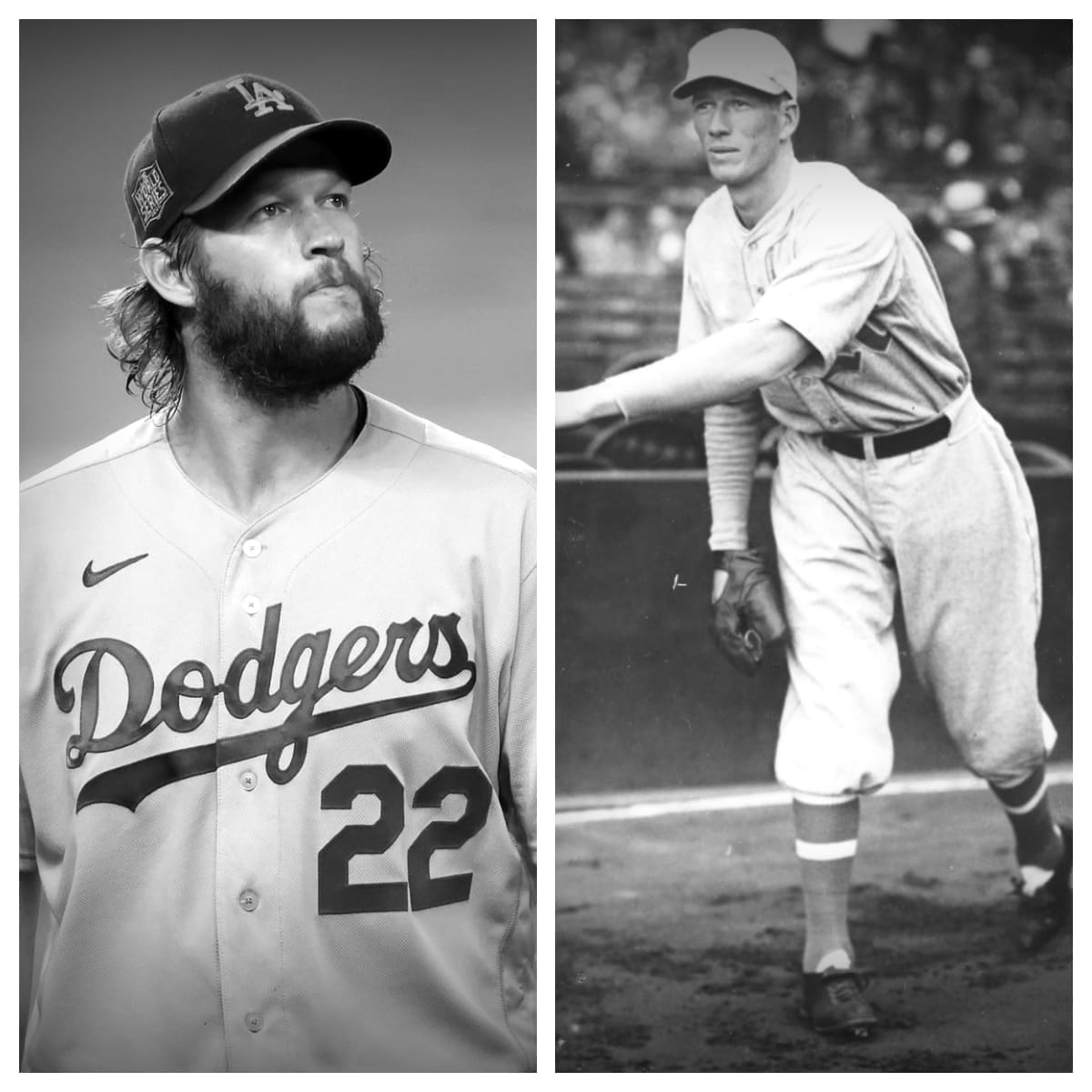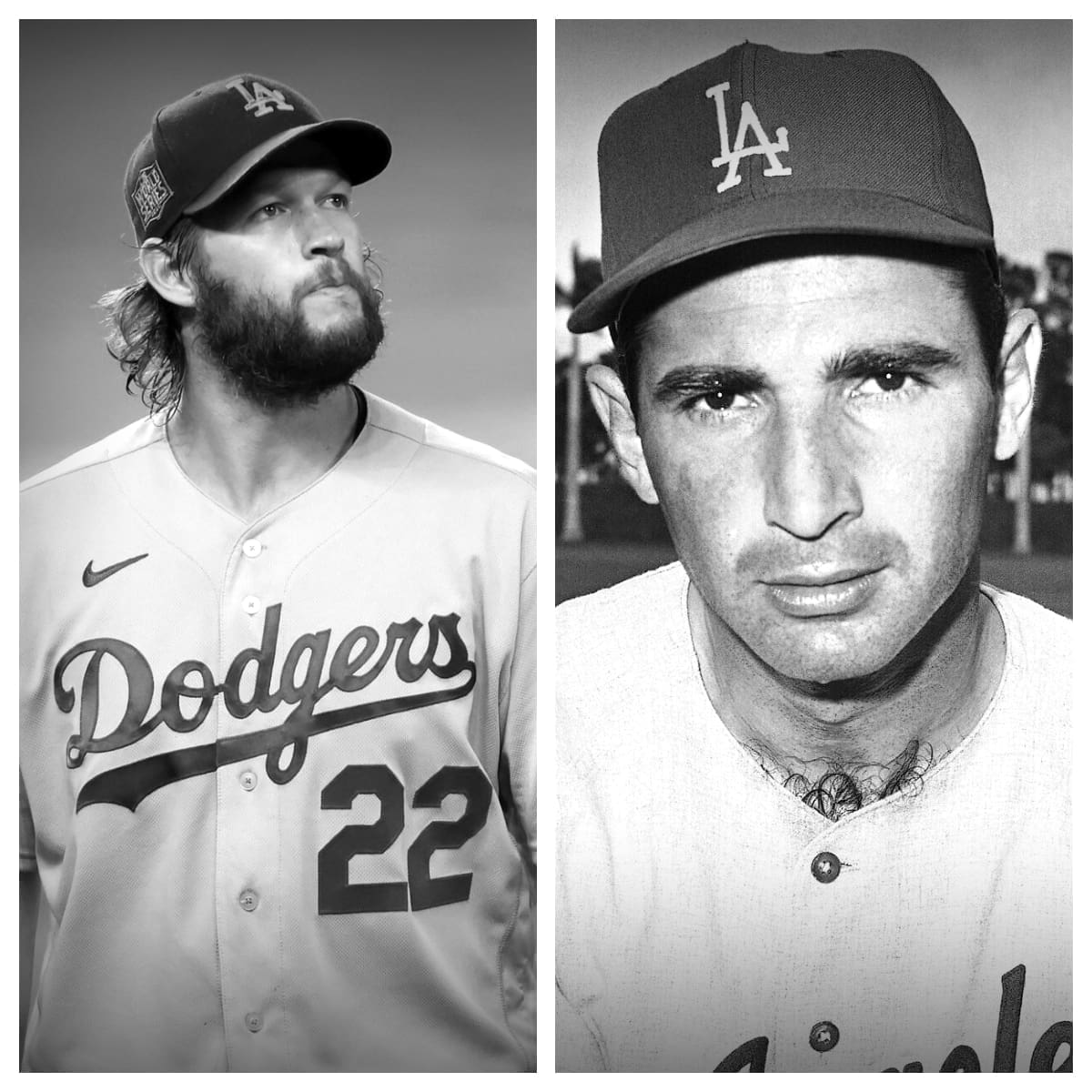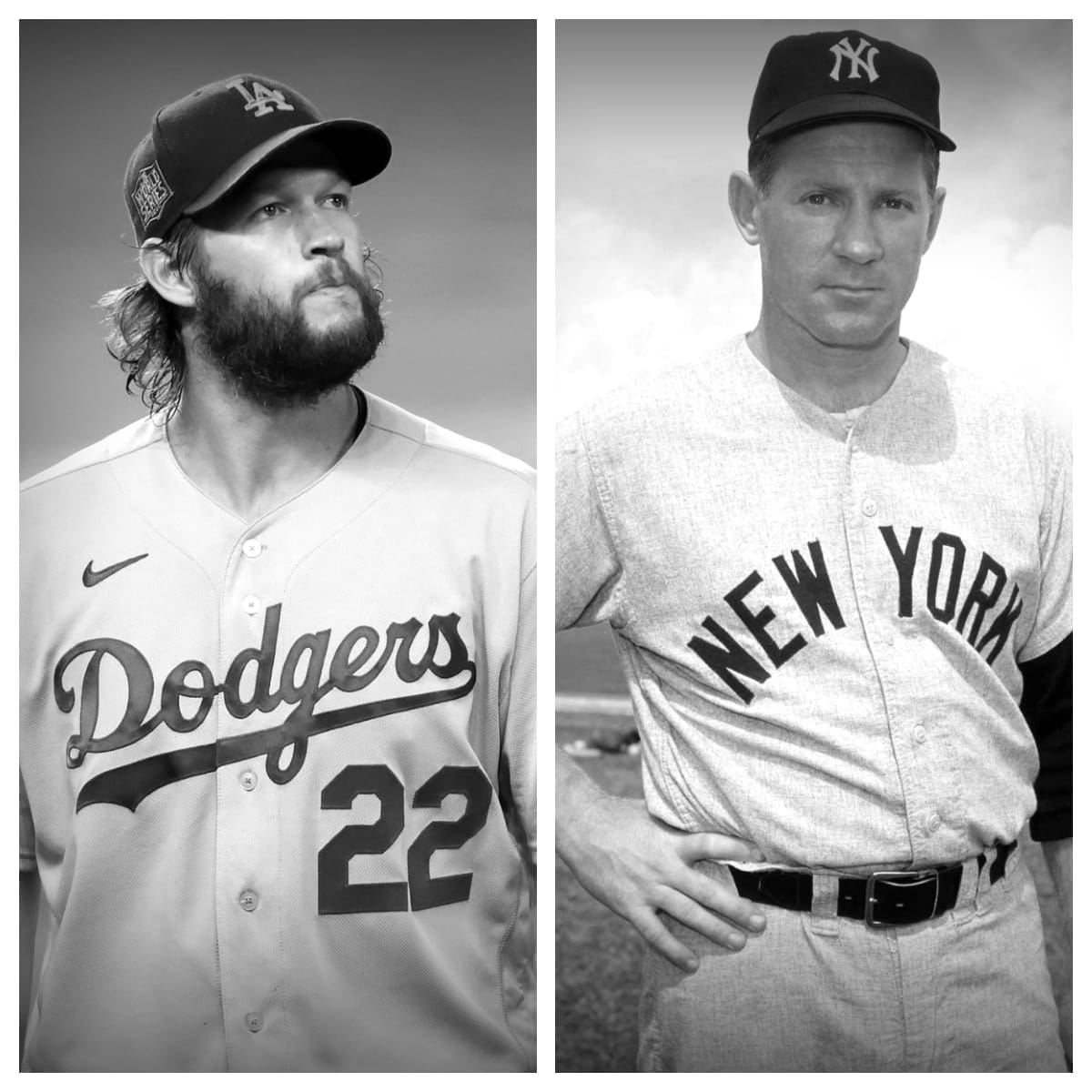Peckinpaugh has accrued an average at the plate of .259 for his career in addition to 1,006 runs scored and an OPS of .449. Over the course of his pro career, he approached the plate 8,397 times and has come through with a hit 1,876 times. He is sitting with a career slugging percentage of .113 in addition to having tallied 2,426 bases. For his MLB career, Peckinpaugh has hit 48 balls out of the park while knocking in 740 runs. He has gone down on strikes 670 times and has gotten a free base on 814 occasions, contributing to a .336 on-base percentage.
Roger Peckinpaugh
Baseball, often referred to as America’s pastime, has a rich history filled with legendary players and unforgettable moments. Among these historical figures is Roger Peckinpaugh, a name that resonates with baseball enthusiasts who appreciate the early days of Major League Baseball (MLB). Peckinpaugh’s journey in baseball is noteworthy not only for his skills on the field but also for his leadership qualities and contributions to the sport.
Early Life and Introduction to Baseball
Roger Thorpe Peckinpaugh was born on April 19, 1891, in Wooster, Ohio. Growing up in the small town of Wooster, Peckinpaugh was introduced to baseball at a young age. His passion for the game was evident early on, and he quickly became known in his community for his natural athletic abilities.
Peckinpaugh’s journey into professional baseball began when he joined the Cleveland Naps in 1910. It was here that he first showcased his talent as a promising shortstop. His fielding skills and understanding of the game caught the attention of scouts and set the stage for a successful career in the major leagues.
Major League Career
Early Years with Cleveland and New York Yankees
Peckinpaugh’s MLB career took off when he moved from the Cleveland Naps to the New York Yankees in 1913. The Yankees, looking to build a strong team, saw potential in Peckinpaugh, and he quickly became a key player for the franchise. His role as a shortstop was pivotal, and he was known for his defensive prowess and quick reflexes.
| # | Preview | Product | Price | |
|---|---|---|---|---|
| 1 |

|
MLB | Buy on Amazon | |
| 2 |

|
2025 Topps Series 1 Baseball - Factory Sealed - Value Box |
$38.62 |
Buy on Amazon |
During his time with the Yankees, Peckinpaugh’s leadership abilities began to shine. In 1914, he was named team captain, making him one of the youngest captains in MLB history. His leadership on the field was matched by his consistent performance, helping to establish the Yankees as a formidable team in the league.
Washington Senators and the 1924 World Series
In 1922, Peckinpaugh was traded to the Washington Senators, where he continued to excel. The highlight of his career came in 1924 when he led the Senators to a World Series victory. This was a significant achievement not only for Peckinpaugh but also for the Senators, as it was their first World Series title. Peckinpaugh’s performance throughout the series was commendable, and he was recognized for his strategic thinking and ability to inspire his teammates.
Final Years and Retirement
After his success with the Senators, Peckinpaugh had brief stints with other teams, including the Chicago White Sox. He eventually retired from playing in 1927. However, his love for the game kept him involved in baseball, and he transitioned into managerial and executive roles. Peckinpaugh managed the Cleveland Indians and later served as a general manager, contributing to the sport in various capacities until his final retirement.
Career Stats and Legacy
Peckinpaugh’s career stats reflect his consistent performance and dedication to the game. Over 17 seasons in the MLB, he played in over 2,000 games, achieved a batting average of .259, and accumulated over 1,800 hits. Although he was more renowned for his defensive skills, these numbers underscore his all-around capabilities as a player.
Perhaps more than his statistics, Peckinpaugh’s legacy is defined by his leadership and impact on the teams he played for. As one of the earliest captains in baseball, he set a standard for what it meant to lead a team both on and off the field. His influence extended beyond his playing years, as he continued to shape baseball through his managerial and executive roles.
Impact on Baseball History
Roger Peckinpaugh’s contributions to baseball extend beyond his individual accomplishments. He was part of a generation that helped shape the modern game, and his career reflects the evolving nature of baseball during the early 20th century. His World Series victory with the Senators remains a memorable moment in baseball history, and his leadership style has inspired countless players and managers who followed in his footsteps.
Influence on Future Generations
Peckinpaugh’s approach to the game emphasized the importance of strategy, teamwork, and leadership. These qualities have become fundamental aspects of baseball, influencing how the game is played and managed today. His career serves as a reminder of the importance of leadership in sports and the impact one individual can have on a team and the broader game.
Conclusion
Roger Peckinpaugh’s story is a testament to the enduring appeal of baseball and the timeless qualities that define great players. His journey from a small-town athlete to a celebrated MLB hitter and leader is an inspiring tale for anyone who loves the game. Peckinpaugh’s legacy continues to live on in the annals of baseball history, reminding us of the rich heritage of America’s pastime.
As we reflect on his contributions, we celebrate not just his achievements on the field but also his role in shaping the game we know and love today. Roger Peckinpaugh, the MLB baseball hitter, remains a significant figure in baseball history, and his story is one that deserves to be told and remembered.
